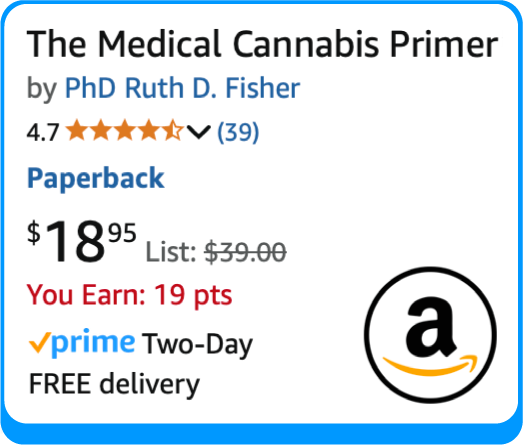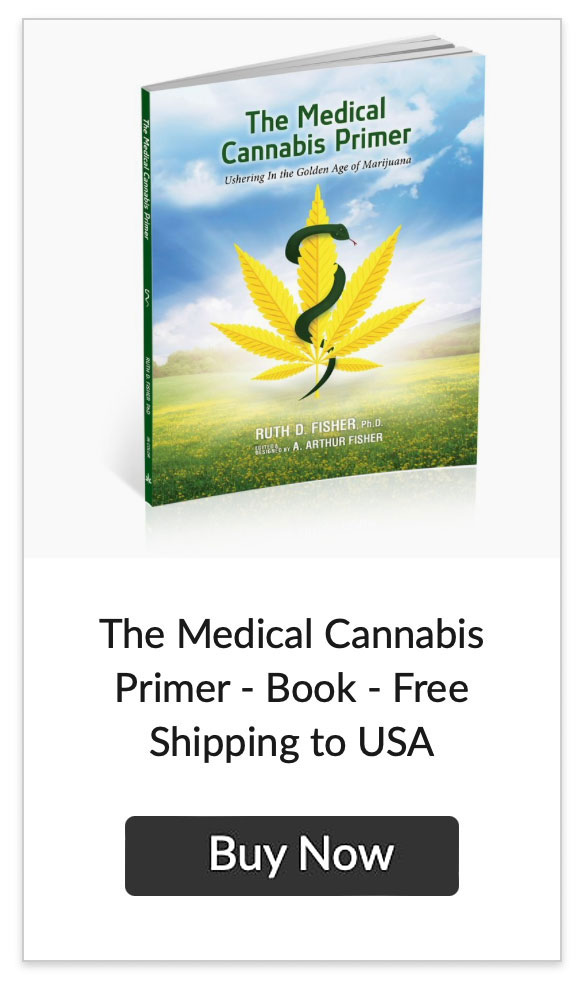Introduction
Cannabis is a strange beast. It exists in several different realms, each with its own aura, point of focus, and language.
There is the cannabis of the world of illegal drugs. This cannabis has an air of danger, fear, and addiction. Words you hear in this realm of cannabis include: Weed, wasted, addict, stoner, schizophrenia, illegal, Schedule I, war on drugs.
There is the cannabis of the world of recreational drugs. This cannabis has an air of calm, relaxation, euphoria, uninhibitedness. Words you hear in this realm of cannabis include: dab, vape, budder, wax, rig, shatter, blunt, kief, bubble hash.
And there is the cannabis of the world of healthcare. This cannabis has an air of science and discovery. Words you hear in this realm of cannabis include: cannabinoid, receptor, decarboxylate, tetrahydrocannabinol, synergies, agonist, acids.
But what if you’re simply a new medical user who wants to feel comfortable with the big picture? You want to be able to get past the aura of fear and illegality. You want to feel comfortable being a cannabis user. You want to be able to ask your doctor, as well as your cannabis dispenser, thoughtful questions. You just want to feel comfortable using cannabis to address your pain or your glaucoma or your insomnia. So how do you weave your way through the different worlds and get the basic information you need?
About a year and a half ago, I joined a project with CannDynamics, whose purpose was to find a way to help medical users identify cannabis products appropriate for their medical needs. I came to the project with very little information on cannabis. I knew people smoked pot to get high, and I was ambivalent about legalizing cannabis for recreational uses. I knew that cannabis was being used to treat medical conditions, but I was wary. I became a proponent of cannabis for medical use when my brother, Art, started using it to achieve relief from neuropathic pain, relief that other pharmaceuticals were not able to provide. But that’s all I knew. For example, I didn’t know that you don’t have to get high to benefit from medicinal cannabis. That was just the first of many misunderstandings I came across during my investigations.
I’m a researcher and analyst. I wade through large volumes of information on products and industries in an attempt to piece together what the big picture looks like, from an unbiased, objective standpoint. What’s really going on?
Getting an unbiased understanding of a product or industry can be challenging. Information is costly to generate. So most people who provide information tend to have some sort of agenda they’re trying to advance: Protagonists generally stand to gain financially or politically from the success of a product, so they spend money on campaigns to promote that product. In this case, the information they provide paints an overly rosy picture of what the product will bring, while tending to mask any downsides. Conversely, antagonists generally stand to lose financially or politically from the success of a product. Accordingly, the information antagonists supply tends to unduly exaggerate the disadvantages of, if not outright vilify, that product, while downplaying any benefits. The truth is usually somewhere in between. You can generally find the truth, but it often takes a bit of digging.
This compendium is the result of my research on the market for medical cannabis. It provides a general overview of cannabis for the medical user. Specifically, this compendium provides the information that medical users need to feel they’re making an informed decision as to whether or not to use cannabis to treat their medical conditions. My purpose in creating this compendium is to provide an unbiased picture of what you, as a potential medical cannabis user, want or need to know to help you decide whether or not cannabis is right for you. This compendium provides a collection of unbiased information on cannabis use for medical conditions that you would find if you were to do the research yourself. That is, this booklet introduces all the basic concepts surrounding the production and use of cannabis. It puts all the pieces together to create the big picture, to provide you with a sense of what it all means. After reading this booklet, hopefully you will feel more comfort and less fear with your decision to use —or not use —cannabis to treat your medical condition, whichever you decide is the right decision for you.

